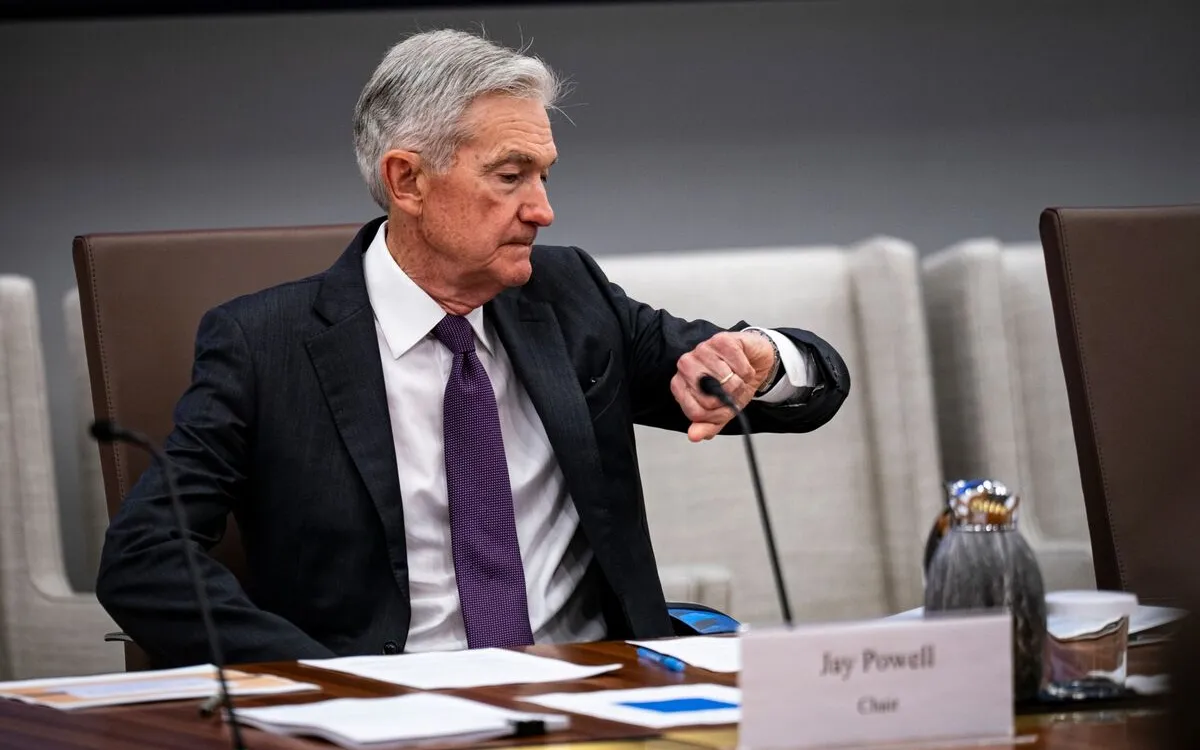
As President Donald Trump and his advisers initiate discussions regarding potential replacements for Federal Reserve Chair Jerome Powell, they are confronted with a significant complication: the uncertainty surrounding Powell's future at the US central bank. The Fed chief has consistently refrained from confirming whether he will resign when his four-year term expires in May or remain on the Fed board, a position he could hold until his governorship ends in January 2028.
The lack of clarity surrounding Jerome Powell's intentions has led to speculation about his continued leadership at the Federal Reserve. Powell’s decision will have major implications for the direction of US monetary policy and the economic landscape. His potential to stay on the board raises questions about the administration's strategy in appointing a new chair who aligns with Trump's economic vision.
In light of Powell's ambiguous stance, administration officials are proactively strategizing for various scenarios regarding his replacement. The Trump administration is keen on appointing a chair who not only supports but also actively promotes his economic agenda. This approach underscores the administration's desire to influence monetary policy in a way that aligns with its broader economic objectives.
Choosing a successor to Jerome Powell could significantly alter the trajectory of US economic policy. The new chair's stance on interest rates, inflation, and employment will be crucial for shaping the economic environment. As the Trump administration navigates this uncertain landscape, the focus remains on finding a candidate who can effectively support their economic strategies while managing the complexities of the Federal Reserve.
The situation surrounding Jerome Powell's potential departure from the Federal Reserve remains fluid. As President Trump and his team prepare for various outcomes, the emphasis on selecting a chair who will uphold the administration's economic priorities is paramount. With important decisions on the horizon, the future of US monetary policy hangs in the balance.